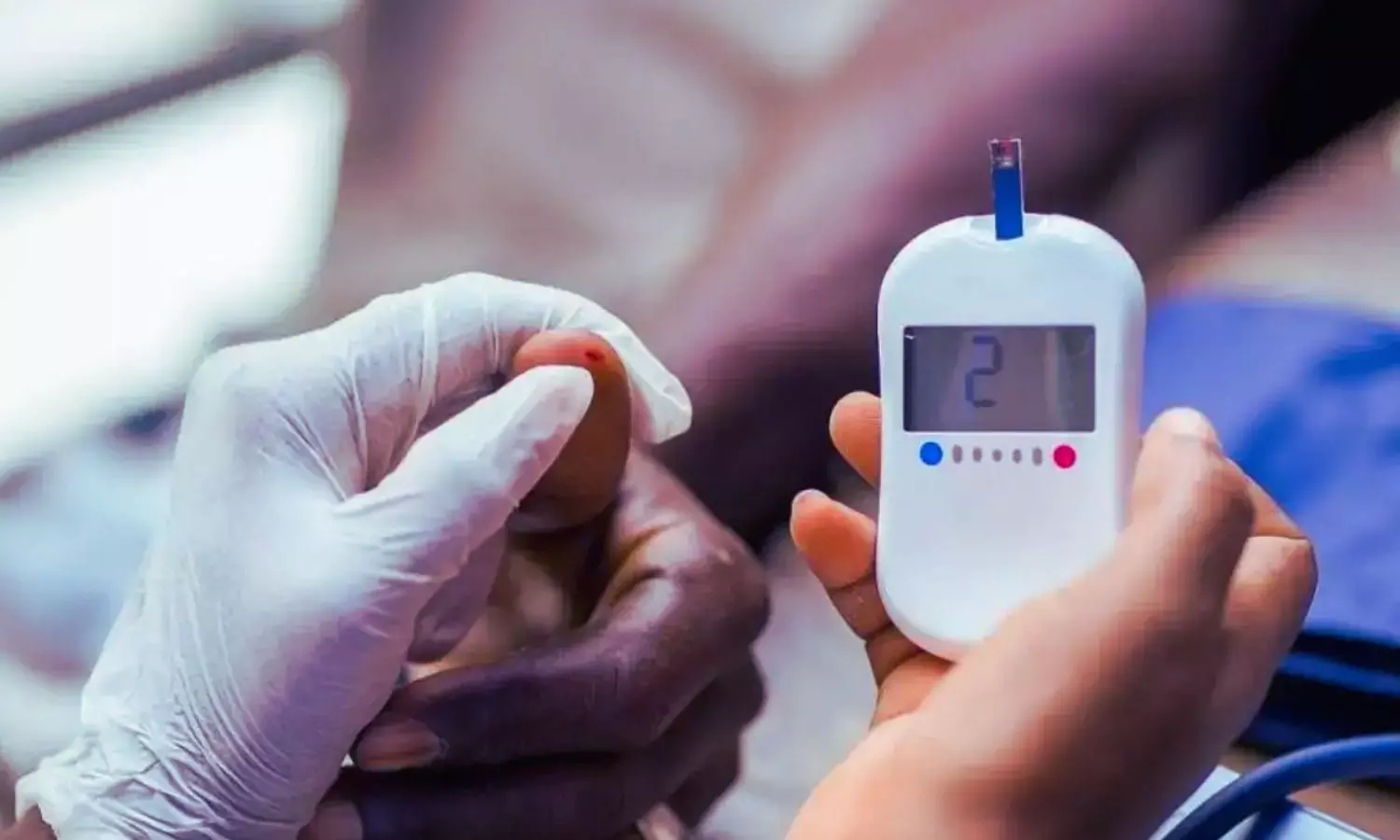Triple Therapy Improves Glucose Control in Cystic Fibrosis: Study

A new study published in the American Journal of Respiratory and Critical Care Medicine found that the combination of elexacaftor, tezacaftor, and ivacaftor significantly improved blood glucose regulation in cystic fibrosis patients with abnormal glucose tolerance. Over 48 weeks, patients showed reductions in 2-hour blood glucose and A1C levels, with no safety concerns.
Multiple organs are impacted by the hereditary disease known as cystic fibrosis (CF), with the pancreas and lungs being especially susceptible. Abnormal glucose metabolism, which includes reduced glucose tolerance and cystic fibrosis-related diabetes (CFRD), is a frequent consequence of CF that has a substantial influence on the health and prognosis of patients. Treatment has been transformed by the advent of cystic fbrosis transmembrane conductance regulator (CFTR) modulator medications, especially the triple combination of Ivacaftor, Tezacaftor, and Elexacaftor, which improves lung function and slows the course of the illness.
Recent data indicates that these treatments could possibly affect glucose control and pancreatic function. It is crucial to comprehend how Elexacaftor, Tezacaftor, and Ivacaftor affect glucose tolerance since better glycemic management can improve nutritional status, lower complications, and improve CF patients’ quality of life. Thus, this research assessed how Elexacaftor/tezacaftor/ivacaftor (ELX/TEZ/IVA) affected glucose tolerance in CF patients with IGT or CFRD.
The participants who were ≥12 years old, heterozygous for F508del and a minimal function CFTR mutation, and who had either IGT or CFRD were given ELX/TEZ/IVA for 48 weeks as part of this trial. ELX/TEZ/IVA was administered to 69 volunteers. Blood glucose levels after a 2-hour oral glucose tolerance test (OGTT) were the main outcome.
The individuals’ mean change was -35.0 mg/dL (95%CI:-49.2,-20.7; P<0.0001) (-1.9 mmol/L [95%CI: 2.7, 1.2]) from baseline to the average of Weeks 36 and 48. The percentage of patients who improved in their dysglycemia classification (CFRD, IGT, and normal glucose tolerance) at Week 48 and safety were secondary objectives.
At Week 48, dysglycemia classification improved for 37.7% (95%CI:24.8,52.1) of participants with impaired glucose tolerance at baseline. When compared to 13.0% at baseline, 35.5% of patients had normal glucose tolerance by Week 48. Safety was in line with ELX/TEZ/IVA’s defined safety profile.
Overall, important within-group reductions in blood glucose levels after OGTT and better dysglycemia classification in CF patients with early IGT or CFRD were among the clinically important improvements in blood glucose management brought about by ELX/TEZ/IVA medication.
Source:
Durieu, I., Clements, B., Fabrizzi, B., Mall, M. A., McKone, E., Ramsey, B., Tullis, E., Taylor-Cousar, J. L., van der Meer, R., Bachman, E., Chin, A., Conner, S., Jennings, M., Weinstock, T., Colombo, C., & Robinson, P. (2025). Impact of elexacaftor/tezacaftor/ivacaftor on glucose tolerance and abnormal glucose metabolism: A phase 3b, open-label clinical trial. American Journal of Respiratory and Critical Care Medicine. https://doi.org/10.1164/rccm.202411-2312OC



